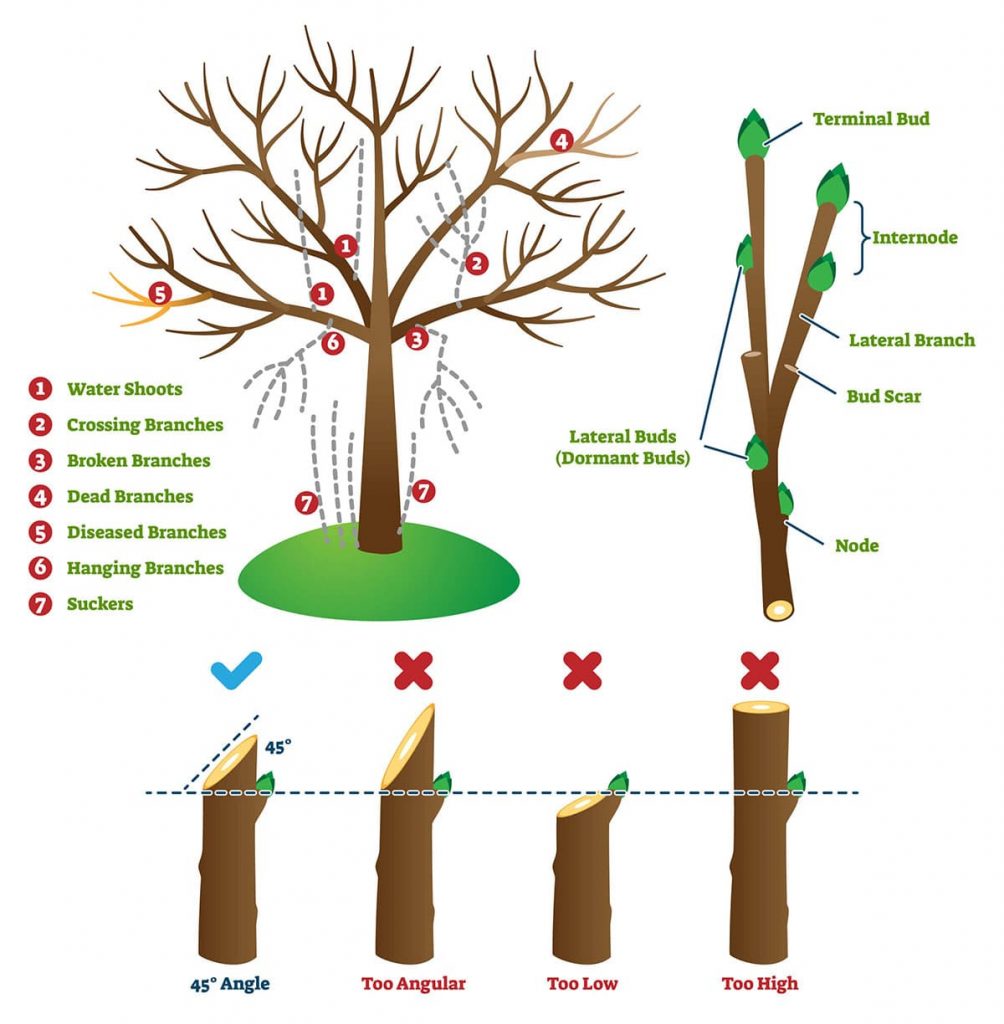How to Prune and Care for Climbing Plants in Gardens

Imagine your garden as a canvas, and climbing plants as the vibrant, living paint that brings it to life. These vertical wonders add depth, color, and a touch of whimsy to any outdoor space. But just like any masterpiece, they require careful maintenance to truly shine. So, are you ready to roll up your sleeves and learn how to prune and care for climbing plants? Let's dive in!
Understanding Climbing Plants
Before we grab our pruning shears, let's understand what makes climbing plants unique. Unlike their grounded counterparts, these plants ascend walls, trellises, and fences, seeking sunlight and support. They can be woody or herbaceous, evergreen or deciduous, and include favorites like clematis, wisteria, and ivy.
Climbing Plant Maintenance: The Basics
Choosing the Right Support
Just like you need a sturdy ladder to reach great heights, climbing plants need the right support. This could be a trellis, arbor, or even a wall. Choose a support structure that complements your plant's growth habit and your garden's aesthetic.
Planting with Care
When planting, dig a hole as deep as the root ball and twice as wide. Fill it with a mix of native soil and compost, ensuring the plant is at the same depth as it was in its pot. Water thoroughly to settle the soil. Remember, a well-planted climber is a happy climber!
Pruning Techniques: The Art of the Snip
Pruning isn't just about keeping your plants in check; it's about encouraging healthy growth and abundant blooms. Here are some techniques to help you master the art.
Why Prune?
Pruning encourages bushier growth, more flowers, and helps maintain the plant's shape. It also removes dead or diseased wood, keeping your plant healthy. Think of it as a haircut for your green friends!
When to Prune
The best time to prune depends on the plant. Generally, prune spring-flowering climbers after they bloom, and summer-flowering climbers in late winter or early spring. This Old House offers a handy guide to help you time it right.
How to Prune
Start by removing any dead, diseased, or damaged wood. Then, cut back any overly long or wayward shoots to maintain the plant's shape. For specific techniques, the Royal Horticultural Society has excellent advice.
Hard Pruning vs. Light Pruning
Hard pruning involves cutting back the plant significantly, encouraging vigorous new growth. Light pruning is more about tidying up and maintaining shape. Which you choose depends on your plant and your goals.

Garden Plant Care: Beyond Pruning
Caring for your climbing plants goes beyond pruning. Here's what else you need to know.
Watering Wisely
Climbing plants need consistent moisture, especially when they're young. Water deeply once a week, adjusting for rainfall. Once established, many climbers are quite drought-tolerant.
Feeding for Growth
Fertilize your climbers in spring with a balanced, slow-release fertilizer. This gives them the nutrients they need for the growing season. It's like giving them a hearty breakfast to start the day!
Mulching Matters
Mulch helps retain soil moisture, suppresses weeds, and regulates soil temperature. Apply a 2-3 inch layer around the base of your plant.
Vine Plant Care: Special Considerations
Vines like ivy and Virginia creeper have their own unique needs. They can be vigorous growers, so prune them to keep them in check. Also, ensure they have something to climb on. Unlike true climbers, vines have tendrils or suckers that help them scale surfaces.
Climbing Plant Support: A Helping Hand
Choose a support structure that suits your plant. For example, twining plants like honeysuckle need a trellis or arbor to wrap around. Meanwhile, tendril climbers like sweet peas need thin supports they can easily grasp.

Troubleshooting Common Problems
Even with the best care, problems can arise. Here are some common issues and solutions:
- Not Flowering: This could be due to over-pruning, not enough light, or improper feeding.
- Yellowing Leaves: This might indicate overwatering, underwatering, or a nutrient deficiency.
- Pests and Diseases: Keep an eye out for common pests like aphids and diseases like powdery mildew. Treat promptly with organic or chemical controls.
Conclusion: Embrace the Climb
Caring for climbing plants is a journey filled with rewards. From the first tender shoots to the cascades of blooms, these plants offer a unique gardening experience. So, grab your shears, lace up your boots, and embrace the climb. Your garden canvas awaits!
FAQs
Q: How often should I prune my climbing plants? A: This depends on the plant. Some need annual pruning, while others only need occasional tidying up.
Q: Can climbing plants damage my home? A: Some vigorous climbers like ivy can damage walls and foundations if not managed properly. Choose appropriate plants and supports to avoid this.
Q: How do I encourage more flowers on my climbing plant? A: Prune correctly, ensure plenty of light, and feed with a high-potassium fertilizer to encourage blooms.
Q: What's the best way to train a climbing plant? A: Gently tie the plant to its support with soft ties. Guide new growth in the desired direction.
Q: How do I deal with an overgrown climbing plant? A: Renovate overgrown plants with hard pruning, cutting them back significantly to encourage new growth. This can be done over several years if necessary.
0 Response to "How to Prune and Care for Climbing Plants in Gardens"
Post a Comment